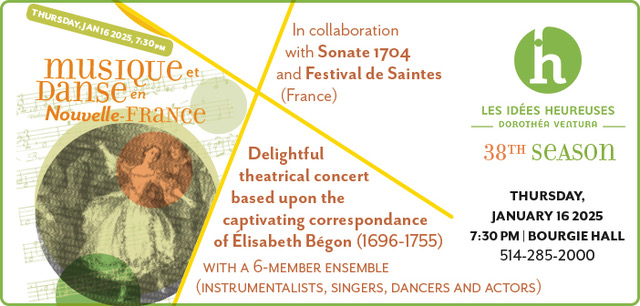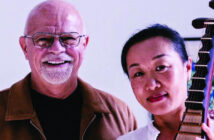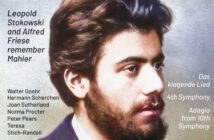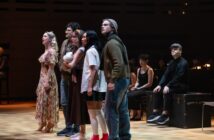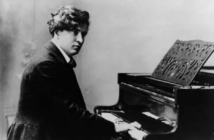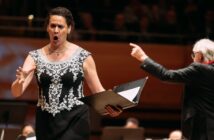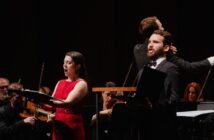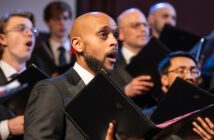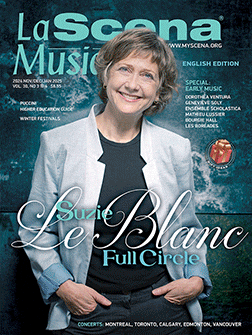This page is also available in / Cette page est également disponible en:
![]() Francais (French)
Francais (French)
The Toronto Mendelssohn Choir opened their 2023/24 season with “In Time,” a program that combined baroque music and contemporary dance.
The choir collaborated with dancers from Compagnie de la Citadelle to create an amalgamation of old and new that was both captivating and eye-catching. Dance was incorporated into Bach’s Christ lag in Todesbanden (Christ lays in the snares of Death) and Handel’s Dixit Dominus.
Considering the popularity of dance in the baroque period, it is not surprising that this music would be well-suited to accompanying dance. The Bach featured a solo dancer that acted out the German text in a fairly literal fashion. There were moments where the dance was focused mostly in the top half of the body and incorporated extremely dramatic arm movements. At times, this somewhat distracted from the music’s bass line, as the sporadic moving corresponded instead with the active melody lines in the right-hand harpsichord, violins, and sopranos. Baroque dance traditionally features complicated footwork based on the beat structure and outline of the chords, which serve to ground the dancing. Despite these instances of mismatch, the dance was otherwise an appealing new form of storytelling and enhanced the music.
Handel’s Dixit Dominus closed out the concert and featured six dancers, ranging widely in age. The dance here was less interpretive than in the Bach, but was surprisingly fitting. The characters and textures in the music were emulated on stage, making for an extremely appealing performance.

The highlight of the concert was Caroline Shaw’s To the Hands. The six-movement work for choir and string quintet is a modern response to Buxtehude’s cycle of seven cantatas: Membra Jesu Nostri. Beginning in the times of Christ, the early movements make reference to the crucifixion, and explore the question “What are these wounds in the midst of your hands?” From here, the question shifts to encompass a more contemporary, multicultural, and secularized perspective. The text changes from Latin to English, asking “What are these wounds in the midst of our hands?” The ensemble dealt with this profound subject matter eloquently and skillfully, depicting a journey from old to new through shifts in character, technique, and timbre.
Indeed, as the composition progresses Shaw introduces extended techniques in both the choir and quintet. The 5th movement, for example, begins with pitch bending and tremolos in the violin, as the choir begins to speak rather than sing. The numbers they speak correspond to the amount of people displaced from their home country in 2015. As the numbers increase from the thousands into the millions, the choir uses voice in new and unique ways, masterfully intertwining rhythm and layering with a particular attention to emphasis and dynamics.
This season opener was a splendid look at how baroque music can at once be modernized and remain true to its character, and is sure to have left audiences wanting more.
This page is also available in / Cette page est également disponible en:
![]() Francais (French)
Francais (French)


